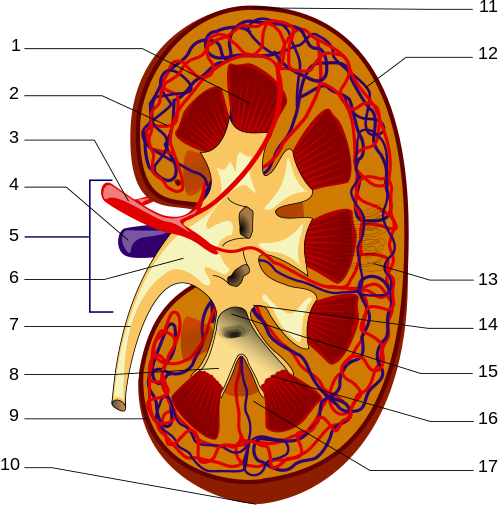
Photo from academic.microsoft.com
© 2017 Indian Journal of Nephrology | Published by Wolters Kluwer Medknow A 65‐year‐old male, resident of Mumbai was referred to Bombay Hospital Institute of Medical Sciences in August 2012,… Click to show full abstract
© 2017 Indian Journal of Nephrology | Published by Wolters Kluwer Medknow A 65‐year‐old male, resident of Mumbai was referred to Bombay Hospital Institute of Medical Sciences in August 2012, with a history of multiple painless lumps. The patient was a known diabetic, hypertensive, and a case of chronic kidney disease for 10 years and on maintenance dialysis for 5 years. He had a history of episodic podagra relieved by over‐the‐counter medications. He was noncompliant to his medications which included a xanthine oxidase inhibitor. Since 6 months, he noticed multiple yellow‐white painless subcutaneous deposits initially noticed over small joints of hands [Figure 1] and toes [Figure 2a] but later also around elbow [Figure 2b] and knee joints. His serum uric acid levels were elevated 14.6 mg/dl (normal 2.6–6.8 mg/dl). His X‐rays revealed chalky white periarticular calcifications over small joints of the hands [Figure 3a], ankle joint [Figure 3b], and knee joint [Figure 3c]. Examination revealed weeping serosanguinous fluid with a milky‐white discharge from the second toe of his left leg. Examination of the fluid showed monosodium urate (MSU) crystals with apple‐green birefringence. He underwent debridement of the wound and was discharged on an oral xanthine‐oxidase inhibitor (febuxostat 80 mg). Six weeks later, his uric acid levels normalized to 5.6 mg/dl. He denied any surgical treatment.
Journal Title: Indian Journal of Nephrology
Year Published: 2017
Link to full text (if available)
Share on Social Media: Sign Up to like & get
recommendations!